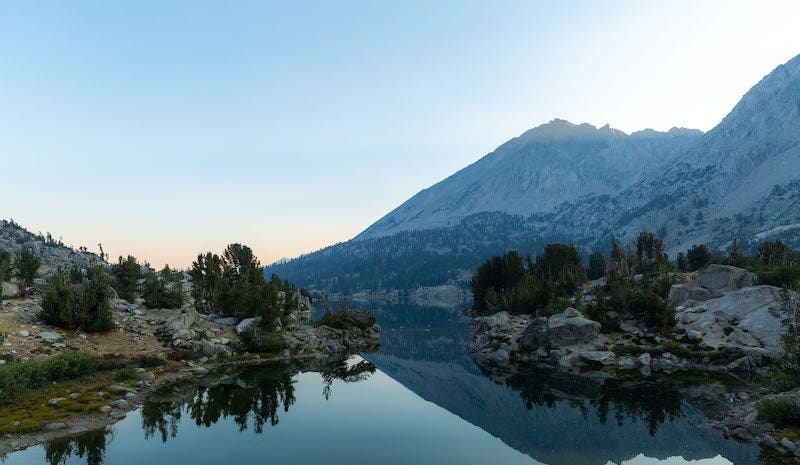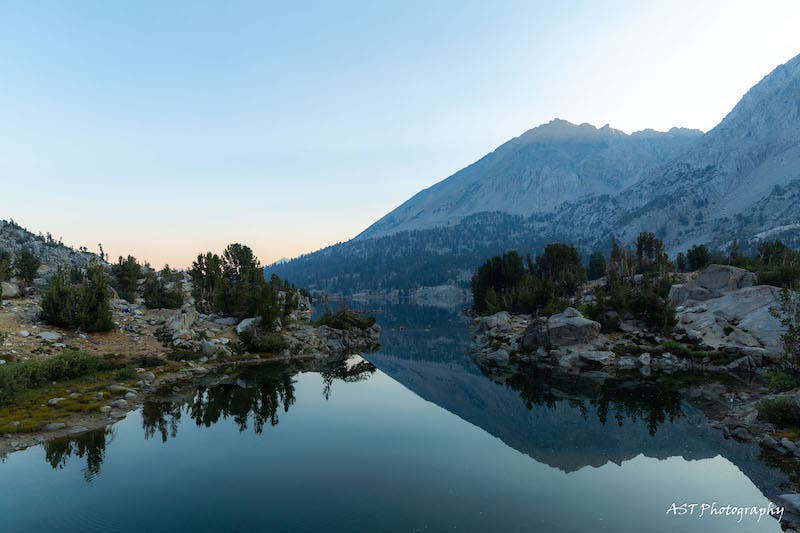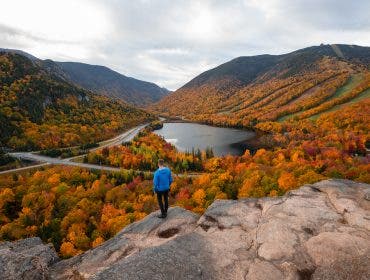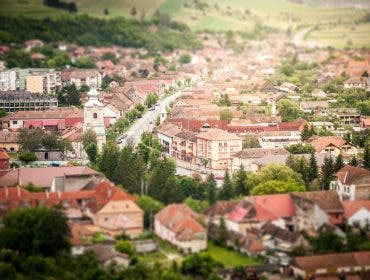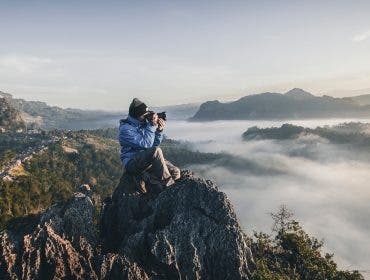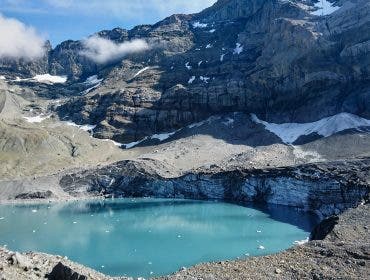Backpacking photography will test you physically, mentally, and for some, spiritually. You learn more about yourself in the few days in the wild than months back home. Out there, you get to experience places few will ever even know about.
For landscape photographers, this is the holy grail. You are finding unique shots to tell a story that many will never be able to personally experience. It also allows you to tell a story unabridged and gives you the chance to shape a narrative without any other preconceived notions.
This is what drives me to backpacking photography.
Getting prepared for a backpacking photography trip
But how do you get out there with your backpacking gear and camera equipment? Most people find prepping for a normal backpacking trip to be difficult. Then, adding in a camera, lenses, a tripod, batteries, and extra gadgets can seem overwhelming. That’s okay.
The first thing to understand is your pack is going to be heavy. Adding on photography equipment likely won’t keep your pack under 35 pounds. For me, depending on the length, I’m usually in the 40 to 45-pound area.
With that understanding, we can then move into how to choose the gear for your trip.
How to choose the right gear for trip
The gear you bring will define the type of landscape you’re shooting and vice versa. If you’re heading into the Pacific Northwest and will have the opportunity to shoot layers, strongly consider bringing your 70-200 mm f/4 lens or even a 100-400 mm f/4-5.6 lens. Let’s say you’re going during a full moon and you enjoy astrophotography, a wide angle lens like the Canon 16-35 mm f/2.8 lens is probably a better choice.
Another area to consider is your personal preference. Maybe you really love your 24-70 mm lens and it can do everything you want. Then, boom, your choice is made.
Also, a determining factor of what camera gear to bring is the length and difficulty of the trip. If you’re only going one night or the trail is mild, adding more lenses isn’t a bad idea. However, if you’re going 30 miles with 8,000 feet of elevation gain like I recently did in Kings Canyon National Park, picking a versatile lens is the best call.
You also need to consider how you will carry your camera. Some like to keep it in their backpack and only pull it out during breaks. Others, and I’m in this category, use a clip or harness to ensure it’s easily accessible throughout your trek. I find this method to be perfect as I’m always at the ready if we stumble upon an incredible view.
In the end, what is important is having a packing list to ensure you don’t forget anything. Here’s what I would suggest bringing:

- Camera and Lens
- Bring multiple lenses if it’s one night
- Stick to your two favorite lenses if it’s two nights
- Bring your most versatile lens or be okay with a heavy pack if three nights or more
- Charged batteries (2)
- Tripod (if there won’t be a long exposure opportunity, leave it)
- ND Filters (for long exposures)
- Cleaning cloth and air blower
- Intervalometer (if it’s not built into your camera)
- GoPro instead of a wide angle lens
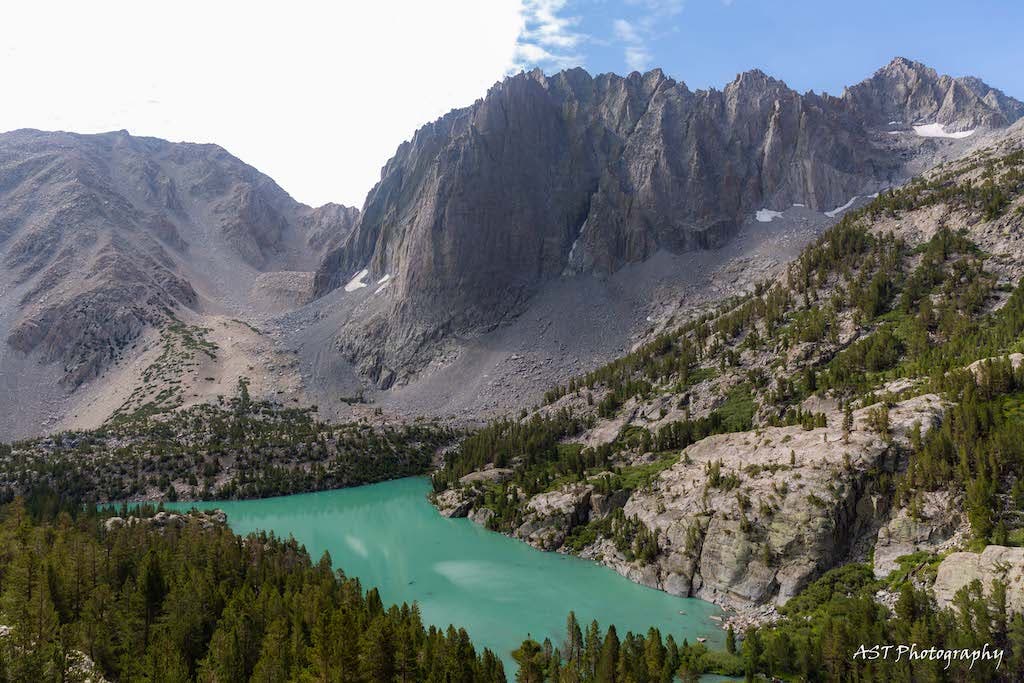
Trekking On
Now that you have a strategy for picking your gear, here’s a few more tips when you’re out in the backcountry.
- Jot down in your phone what time sunset and sunrise are. These will help guide you through the most important photography points in the day. It’s also worth knowing that the sun will set earlier if you’re in a valley and rise later too. Keep this in mind so you don’t miss your shot at the perfect backcountry photo.
- Use your camera’s bracketing feature when the sky and mountain peaks are bright, but the valley or lake is dark.
- Download an app to help you find the Milky Way. This will help you plan out your shot ahead of time.
- Keep your lens cap on your camera while hiking. This will protect your lens for future trips.
- Remember to have fun and enjoy the moment. Make a note to put down your camera and soak up the moment.
